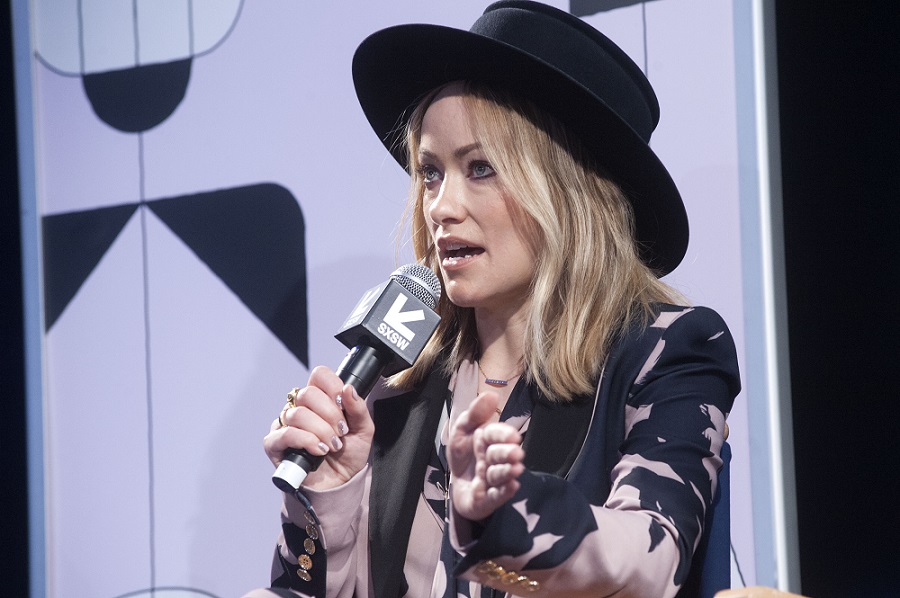
It was called Ladbroke Grove, home to the Notting Hill Carnival, officially the un-greyest place I’d ever been, which is strange considering we spent most of our first visits underneath a section of elevated motorway, the Westway, taking photos of wildstyle graffiti in the belly of a pour grey concrete beast. Pretty soon after that, I found the planet I wanted to inhabit. Pretty soon after, I started writing graffiti myself.

I can’t say it for certain, but this moment started something that the release of Yo! Bum Rush the Show galvanized two years later: the need to escape the grey. It was the Manhattan Project bomb - re-engineered in the Bronx Projects - going off on the other side of the Atlantic: a nuclear happening that made things better by getting rid of Duran Duran. Mum and dad made it clear they didn’t think it was music.īut in one way, they were right: it wasn’t just music. Whilst for me, the song felt like the only progressive thing ever to have happened anywhere, ever. Behind me, on a floral sofa with matching floral cushions, my mum and dad feigned indifference. It was music from another planet, a planet I wanted to inhabit. It had surely been recorded in deep space.
Austin wilde full#
The performance was full of everything I’d never heard or seen at that point. In grey - the single color that had soundtracked my life until that point - school trousers with grass stains ingrained at the knees, I sat cross-legged and transfixed at Melle Mel and Keef Cowboy, acutely aware that I’d get a kick-in if I wore their outfits to youth club. Something irrevocably changed when, aged 11 in 1985, I watched Grandmaster Melle Mel & The Furious Five perform ‘Step Off’ on Top of the Pops. I’m fully grown now but, way back then a pre-pubescent kid from the ‘burbs, out to the East of London a place of car factories, concrete dull greyness, a Tory heartland that swam in the flatlands of mono-culture, a place football vetoed music six days out of seven. I’m the person writing this marketing asset. Right place, right time was very much the case for BADMEANiNGOOD creator Austin Wilde. Namely, the artist who compiled the artwork for the series, Banksy (more on him shortly). And the reason these mixtapes are so celebrated is not solely musical but more akin to the fourth element of Hip-Hop: Graffiti. “Right place, right time” is not a synonym but a well-trodden truth. These musical game-changers went head-to-head with stone-cold classics: unrivaled samples, and super-rare esoteric breaks, all culled from the golden songbook of black music’s past. The four BADMEANiNGOOD mixtapes shone a strobe light on the selector’s musical inspirations and featured seismic songs that paved the way for jungle, dubstep, and grime. And in the world of music and rare records, “cult collector’s items” is very much a synonym for “lost a shitload of money when it was first released,” and that, fly girls and homeboys, is very much the case with BADMEANiNGOOD.
Austin wilde series#
Since the launch of the BADMEANiNGOOD mixtape series in 2001, twenty-something years have passed - and they have now become cult collectors’ items around the world. “Ain’t Half Bad: The History of BADMEANiNGOOD” by Austin Wilde For the remaining album covers, Banksy repurposed existing images from his catalog that would work within the subversion of the bad/good thematic principle.

A canvas of this image was sold with Pest Control authentication via Sotheby’s in 2008. This in itself is a rarity, as Banksy only did this twice as far as we know:, the other being for Blur’s “Think Tank” album, released in May 2003, which features a couple wearing aqualungs and kissing.įor the first release by Skitz, Banksy produced an original image of heavy artillery wearing a pair of Adidas. Working with Stephen Earl (Banksy’s then manager), Banksy assigned Wilde the copyright for the designs.

A Hip-Hop Chronicle,” and this remains as true today as it was then. The strapline for the series was “Personal. The tracks chosen by each compiler were the soundtrack to their experience, a Venn diagram of hip-hop, turntablism, and sample culture. The concept for the albums was to shine a light on the compiler’s musical influences. Back then, Wilde shared an office with Banky’s first manager. In the early 2000s, ex-graffiti artist and indie label owner Austin Wilde ran a label that released cult classic compilation albums, including a hip-hop-inspired series called BADMEANiNGOOD, for which he commissioned a then-little-known graffiti artist named Banksy to produce four album covers and posters, and an additional 12″ sleeve for the 2002–2003 releases.


 0 kommentar(er)
0 kommentar(er)
